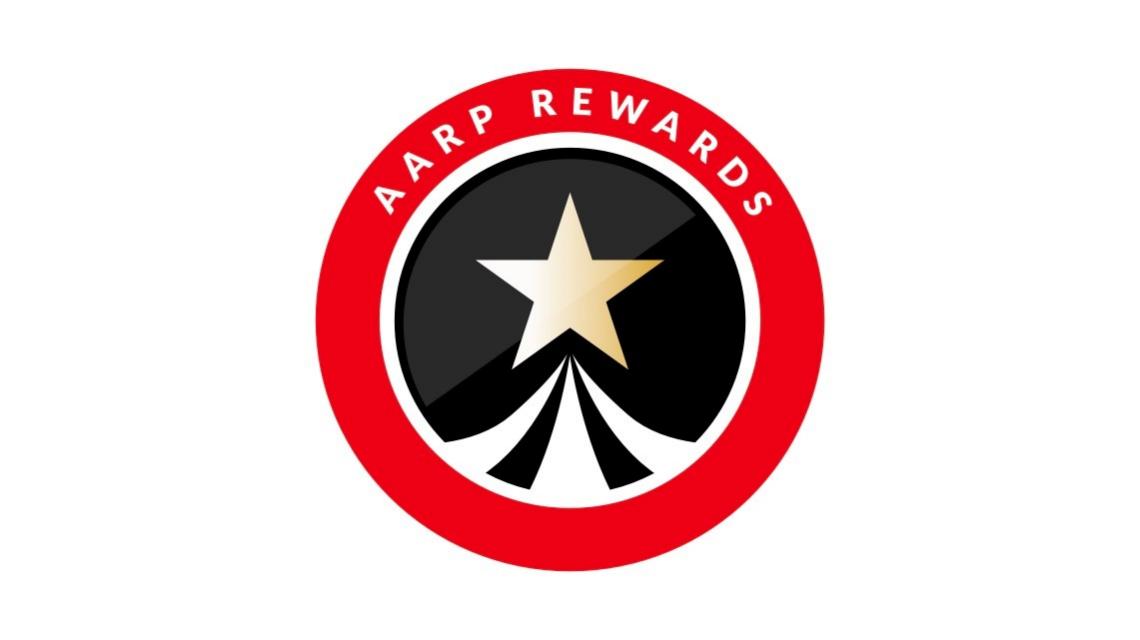Staying Fit
A Medicare formulary is a list of brand-name and generic drugs covered by a Medicare Part D prescription plan. No Part D plan covers all drugs, nor does the Centers for Medicare & Medicaid Services (CMS) have its own national Medicare formulary.
Each Part D plan creates its own formulary, so two separate plans from the same private insurer may cover different drugs. This could explain why two plans from the same company have different premiums.


AARP Membership— $12 for your first year when you sign up for Automatic Renewal
Get instant access to members-only products and hundreds of discounts, a free second membership, and a subscription to AARP the Magazine.
Medicare sets rules for all Part D plan formularies. Federal law requires that all Medicare Part D plans include at least two drugs in each class of medications, meaning a plan must cover two similar drugs treating the same medical condition.
All Part D plan formularies also must contain virtually all drugs in the following six categories:
- Anticancer drugs, except when covered through Part B
- Anticonvulsive treatments for seizure disorders
- Antidepressants
- Antipsychotic medications
- Antiretrovirals for HIV/AIDS
- Immunosuppressant drugs for transplants
Under a 2023 law, Part D plans can’t charge more than $35 for a 30-day supply of covered insulin; however, the Part D plan may not cover all types of insulin.
What drugs doesn’t Medicare Part D cover?
By law, certain drugs are excluded from Medicare Part D coverage. These include drugs to treat:
- Anorexia, weight loss or weight gain
- Cold or cough symptoms
- Erectile dysfunction
- Infertility
Prescriptions for cosmetic purposes, such as promoting eyelash or hair growth, reducing fine lines and wrinkles, and lightening dark spots and scars, also won’t be part of any formulary.
If drugs used for the above conditions are prescribed to treat other illnesses, Medicare does allow exceptions. Medicare Part D also won’t cover over-the-counter drugs or prescription vitamins, but it will cover fluoride and prenatal vitamin prescriptions. (A small number of women who qualify for Medicare because of disabilities are of childbearing age.)
In addition, Part D covers drugs used to treat physical wasting from AIDS, cancer or other diseases, as well as drugs used to treat skin disorders like acne, psoriasis, rosacea or vitiligo.




































































More on Medicare
New Law Makes More People Eligible for Part D Assistance
Income threshold raised for Medicare’s Extra Help program10 Medications That Cost Medicare the Most
Blood thinners, diabetes treatments dominate the latest list of costliest Part D medicationsHow Do I Appeal a Medicare Decision or Denied Claim?
Medicare has five levels of appeals if you disagree